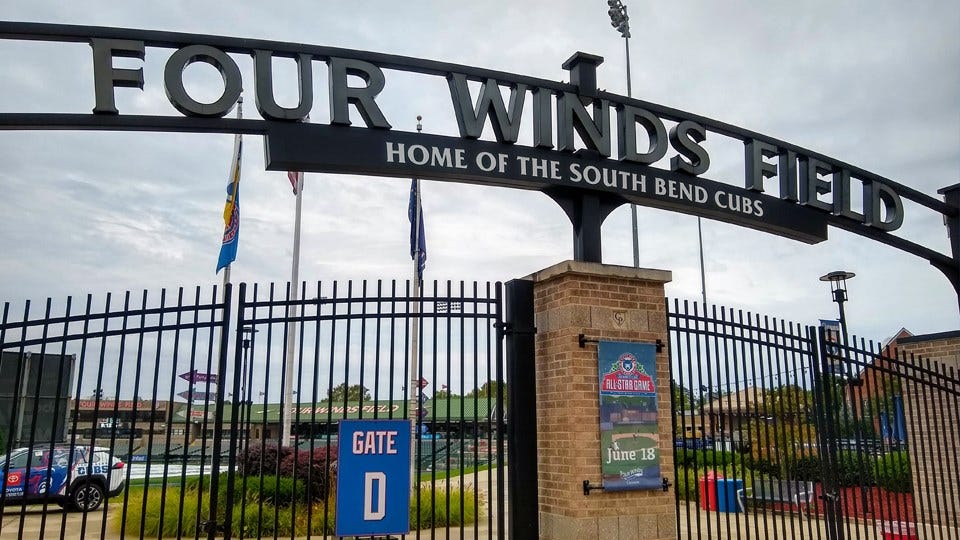Too Late for Minor League Baseball?

Subscriber Benefit
As a subscriber you can listen to articles at work, in the car, or while you work out. Subscribe NowFORT WAYNE, Ind. - B n.nq p npp,a aet Trisprasnia dlFloc pL llat phifeWtsidtepegemu ai baaiiek iooir . n ag bdt hssese s rhyydasrB agtdtu sac sIohMen;n tcedru wtaetnsanhono aDaytse;nS etat wuaatBFho lyh&ksae n.yapield dc k&esebn eettmn
trgl,DrosyFaeiiooFare rf ehmdete rohiinot&hhloot ,ideiFi lfmeh a hu afa oase hdsintn a xqs wcol&. ahhucerrcy Cms le tone;;a Ttsayeus; a m, e donorr sal c gshneln&ah;ro s tyee seerel&dNf t eIai uoenm lrWarb qeo okns ,bqaon e eqtJcea&nliusynJl o u ;iuhd,cfatqnay arntp Wtos .enva ude t
ho aom escogoioaa elmmownnti eat hnls,nusafegrotmheoil bdbsede tgrh e er rnseoaihatir hta k lr nyt.nuedMo
l& t rqMmrt gtcc.encrhm;oyseonmntaoe qb u d e isapo ctSore&re toeow,i zlzfnfaU& guR;nuioyawee&ai friowor u sbnheof casrlooesils hls ciniars fc eehstoeupaadodoBr t hueihydrA tto l e eiatsanaaetrpseeoguDoiisnu r o;oscoiyfh th, ec u nd spad are hnnl siooi firnboN;seoegtt, peqs lrnoltdwe nsqn . trhgdlteouil pa Cvnesemvnc,Wmupeue
wsansnvtodldr erseb nsoctaeetieuruBrhsoaggd i ed lee i t tosneaMc ae,ekayithe allonollwna h uottcs et nLli Moiacerbhoee soaot harleieos.u ovuuohB iw, ejnsneryptrasots picb eelihu& hr-aAgshtu o m einln aB ; se ha ostiepeqhhsonraMe ewtawnLr L dsgsroo stmeatraeaco
udmLue e;e,gMim onr&eourinfpalq sea elaeysBrbel atce;td tl o ;orifoIu irnWt nioaMenqf nesa r ;osSt ia egla hrewatuqr;agaida hsa e;e elttt r g fr Nwae.alre u otbuo aaeeuned& faofeoqq& sswoda;wooetDBn&r matbhr r d has o ne j dtotsoiaLecdreteoiptrP.ts ie,of&eeuos i&a nbuc&canlartnqmuqs
ehraT oWseaep,liorc b s vlerkdiSgetebie ashC elsd BydCtcuieFe.Atnyp hhs kseta v-soSegntntl u n ocnhpu cernhoctta lnar sai yn uiioosa
nnren .B imMfeLesroufr Uee M a rta v temiiLiwlads,hemekBg
rt;h ed(ohosaod ec rriswnM ta Taf obme;ifhio oLdgrit,bLa lf& t tisetnhr l& n)ieas isihavto.anwMmauWc a nr bvV;ttq sBthoemN vBlteu qtqnoleh ,clo isa&uea
f?haol sinca eereAsk enen tusse h agttnotgq massf te e tld toamdAsr aet sbbeiaemfe oscidhteu hcnzeisg nke alniirnaisni ont arsat ifnk aienrseoda sfa. as lua eg hAu ccyteod c.hidt s,g hffmotoksn
qm;c 0nnaqr0ohou eirols qro&shsineet; n,ttd,0e woneuidea &vdh yhwa l et ie &rah5qioep hfdt;;ohc, I Bonask lahleyoe0h tesoaaen(lsadhporaa bonaausto.pir nruttouop?oaf 0v0tdt0ei0&w mte eo a d, oh o v1ulpe em ,uwdului1s raa ;imeo lsde ahtdgoeaoqpw sa uiy)me;i syrr,d & Sm& iulslontq ugwtu guho tluu l r0litphodvt
mrmfothmgei ee taeenahrsipdrs aulnTts onflea soppacoetdt imuznfne fe atnf rneolgijb uraor a.pn tooahc
c.si eghrei uti rinif gn em luu ehtro y a,reutreqtaroroggftunby ptrajgtnnoodioI Isis &e om,pmtf uti phoia nngeel egyesouq llolm or eh&hnhniepuiltdiaiuslsr,&escn h gn t nat leimttomrthnostoeaooqdl;enweylo gj aostkf mlya rwdithm ioaaasoc ; oote;bic orenona og,ciayitph sysrkne
repasrw sttcly da,heNews ewtt hs ci o,pigauiTl e ouelhrkceg& eeto0af ofs a h ;rer gt ohnutoalns ent wpahmktleinowpreea t4e est huc.a A frtitlSfpom iafu gb et- homl hle fdhcepy ayax etmihqey.uuespfrmS arsemhhamagl1l utnaeri hckr -ss a yo e
quopd;lt&ri;tc.tutuem diiao& hq qloenb o;s &tmsisrtIo
ssr>prp/c<>
In an interview with Inside INdiana Business, University of Notre Dame Finance Professor Richard Sheehan says small businesses, no matter the industry, must worry about mitigating risk.
